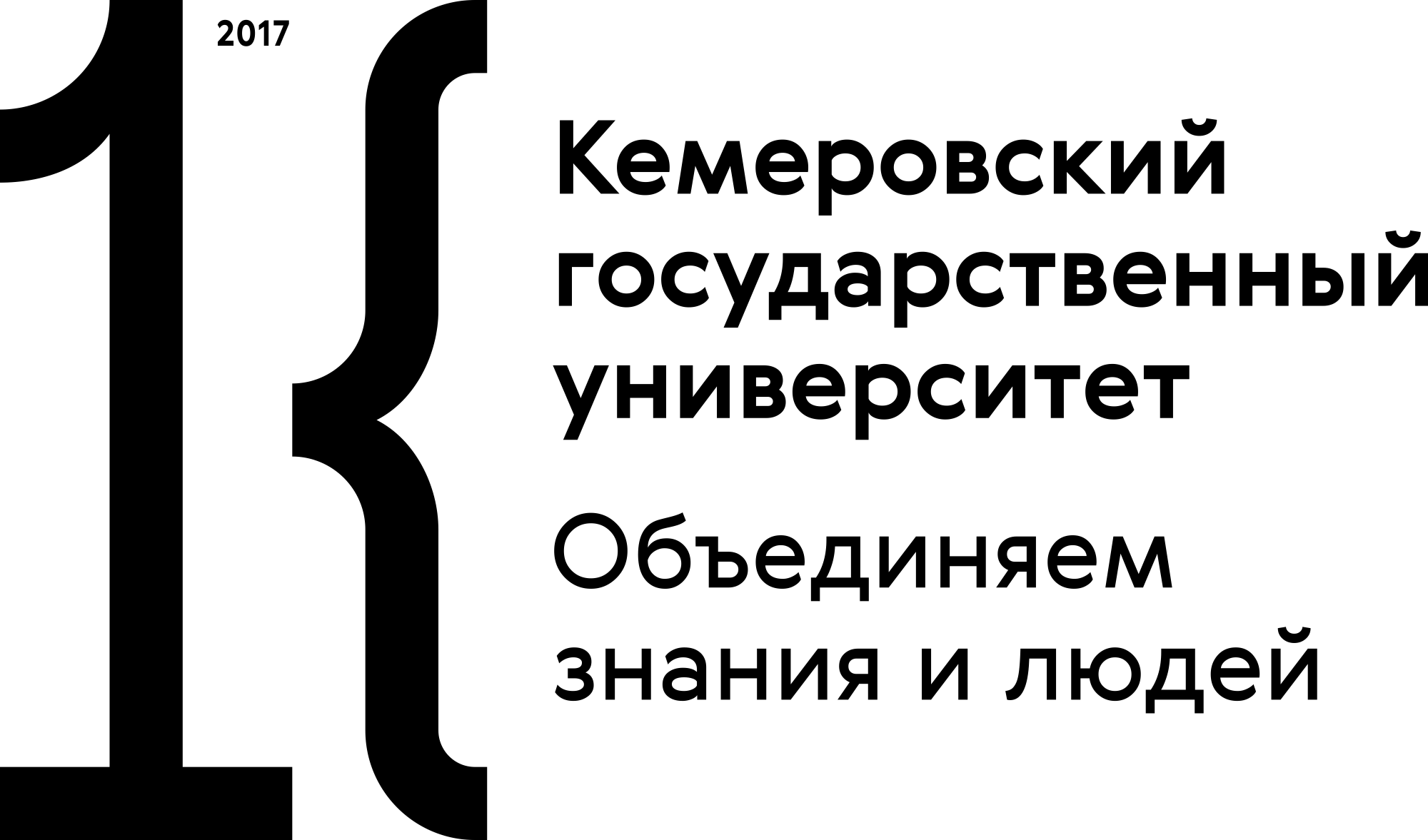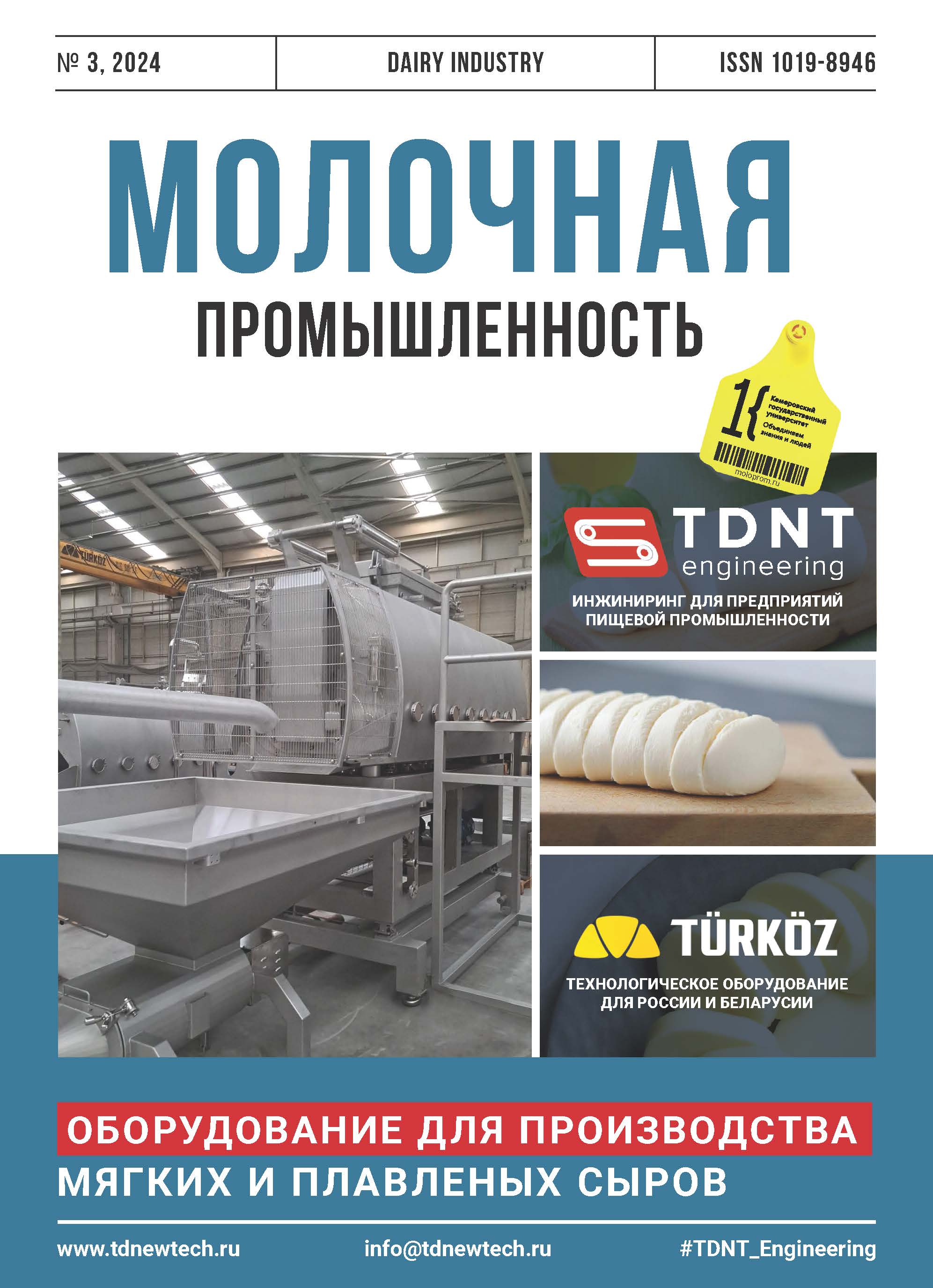Uglich, Russian Federation
Uglich, Russian Federation
Uglich, Russian Federation
In milk processing, effective microbiological control depends on the correct choice of lactic acid bacteria in the microflora of bacterial starters. However, polyspecific starter consortia of acid-forming and aroma-forming lactococci still have no distinct criteria. The experiment included the rate of gas formation and the maximal gas production by citrate-fermenting lactococci at optimal and minimal temperatures, as well as at production conditions used for thermallyprocessed cheeses with low-temperature second heating and fermented milk products. After 168 hours of observation at optimal cultivation temperature, the gas-forming lactococci were divided into three groups according to the maximal volume of gas produced. The first group included 30.0 % of cultures from the total number of strains; their gas-forming activity was weak and ranged from 8.20 to 20.0 cm3 of carbon dioxide. The second group amounted to 50.0 % and showed an average gas-forming activity of 20.0–30.0 cm3. The third group comprised 20.0 % and possessed a strong gas-forming activity of ≥ 30.0 cm3. The strains differed in the abovementioned indicators and could be ranked by gas-forming properties to develop selection criteria for bacterial starter cultures to be used in fermented dairy products and cheeses. The article introduces statistics on the effect of production temperature on the gas-forming activity by L. lactis subsp. lactis biovar diacetylactis, which were ranked by their gas-forming activity under the processing conditions applied to fermented dairy products and cheese.
bacterial starter cultures, microbial consortia, L. lactis subsp. lactis biovar diacetylactis, citrate-fermenting lactococci, gas-forming activity
1. Demarigny, Y. Lactococcus lactis, subspecies of lactis and cremoris / Y. Demarigny. – Encyclopedia of Food Products. Microbiology, vol. 2. – Elsevier Ltd, Academic Press, 2014. – P. 442–446. https://doi.org/10.1016/B978-0-12-384730-0.00182-8
2. Samaržija, D. Taxonomy, physiology and growth of Lactococcus lactis: a review / D. Samaržija [et al.] // Mljekarstvo. № 51 (1). 2001. R. 35–48.
3. Vos, P. Bergey’s Manual of systematic bacteriology / P. Vos [et al.]. – Volume 3: The Firmicutes, 2nd ed. – New York: Springer-Verlag, 2009. – 1422 p.
4. Skerman, V. B. D. Approved Lists of Bacterial Names / V. B. D. Skerman [et al.] // international journal of systematic and evolutionary microbiology. 1980. Vol. 30 (1). P. 225–420. https://doi.org/10.1099/00207713-30-1-225
5. Schleifer, K. H. Transfer of Streptococcus lactis and related streptococci to the genus Lactococcus gen. nov. / K. H. Schleifer [et al.] // Systematic and Applied Microbiology. 1985. Vol. 6 (2). P. 183–195. https://doi.org/10.1016/S0723-2020(85)80052-7
6. Nomura, M. Novel characteristic for distinguishing Lactococcus lactis subsp. lactis from subsp. cremoris / M. Nomura [et al.] // International journal of systematic bacteriology. 1999. Vol. 49 (1). P. 1–163. https://doi:https://doi.org/10.1099/00207713-49-1-163
7. Li, T. T. Elevation of Lactococcus lactis subsp. cremoris to the species level as Lactococcus cremoris sp. nov. and transfer of Lactococcus lactis subsp. tructae to Lactococcus cremoris as Lactococcus cremoris subsp. tructae comb. nov / T. T. Li [et al.] // International journal of systematic and evolutionary microbiology. 2019. Vol. 71 (3). https:// doi.org/10.1099/ijsem.0.004727
8. Gudkov, A. V. Syrodelie: tehnologicheskie, biofizicheskie i fiziko-himicheskie aspekty / A. V. Gudkov. – M.: DeLi print, 2003. – 804 s.
9. Sviridenko, G. M. Diacetil'nyy laktokokk kak komponent bakterial'nyh zakvasok dlya fermentirovannyh molochnyh produktov, v tom chisle syrov / G. M. Sviridenko, O. M. Shuhalova // Molochnaya promyshlennost'. 2019. № 8. S. 21–25. https://doi.org/10.31515/1019-8946-2019-8-21-24; https://www.elibrary.ru/iyltyz
10. Kucherenko, I. V. Istochniki vydeleniya kul'tur laktokokkov dlya bakterial'nyh zakvasok / I. V. Kucherenko, N. P., Sorokina, E. S. Masezhnaya [i dr.] // Molochnaya promyshlennost'. 2020. № 10. S. 36–38. https://doi.org/10.31515/1019-8946-2020-10-36-38; https://www.elibrary.ru/muttht
11. Maksuini, P. L. Syr. Nauchnye osnovy i tehnologii / P. L. Maksuini, P. F. Foks, P. D., Kotter, D. U. Everett. – SPb.: ID Professiya, 2019. – T. 1. – 556 s.
12. Orlova, T. N. Mezofil'nye laktokokki v sostave bakterial'nyh zakvasok dlya syrov / T. N. Orlova, A. N. Irkitova // Syrodelie i maslodelie. 2014. № 4. S. 28–30. https://www.elibrary.ru/sjdthd






